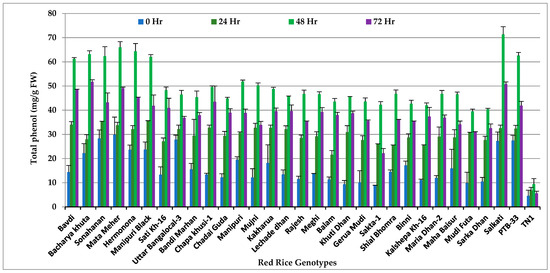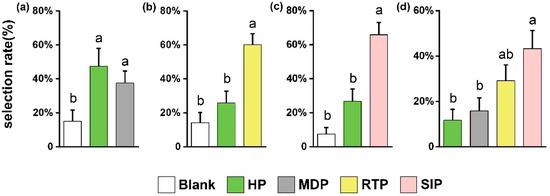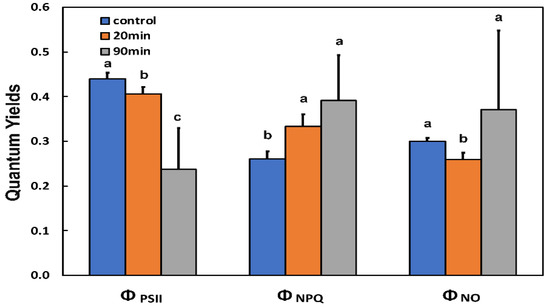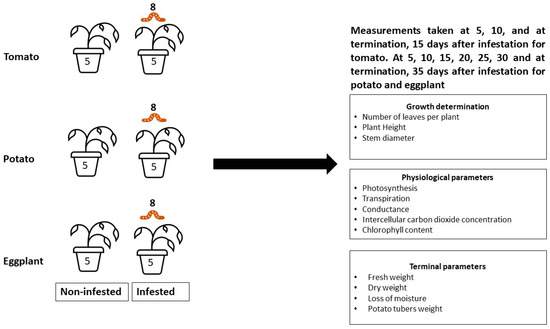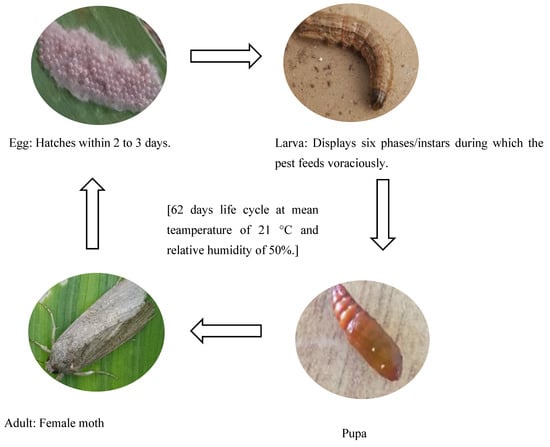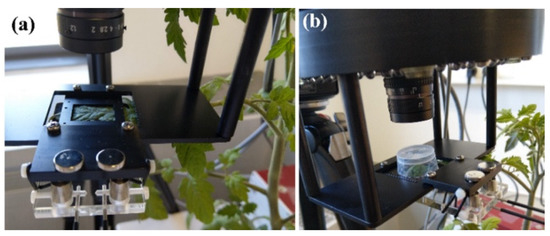Plant Responses to Insect Herbivores
A topical collection in Insects (ISSN 2075-4450). This collection belongs to the section "Insect Behavior and Pathology".
Viewed by 47573Editors
Interests: plant ecophysiology; photosynthesis; biotic stress; abiotic stress; antioxidative mechanisms; photoprotective mechanisms; reactive oxygen species
Special Issues, Collections and Topics in MDPI journals
Interests: chemical ecology; insect-plant-microbes interactions; integrated pest management; invasive species; management of insect vectors; insects as food
Topical Collection Information
Dear Colleagues,
Insect herbivores are the most abundant and diverse attackers of plants, thereby inducing defensive traits that influence consumers at higher trophic levels. Heavy invasions of phloem-feeding herbivores cause prolonged deficiencies of photosynthates and lead to a severe reduction in plant growth. Herbivore insects alter photosynthetic activity and/or photosynthetic gene expression levels in the affected plants. The effects on photosynthesis were determined with the use of chlorophyll fluorescence and thermal imaging system techniques. Foliage damage by insects down-regulates the expression of photosynthesis-related genes, as an adaptive response that allows plants to invest resources in immediate insect defense needs, debilitating near term losses in photosynthetic capacity.
Plants have evolved complex defence mechanisms to withstand and counter herbivore attack with a variety of induced responses. Upon attack by insect herbivores, plants emit a mixture of volatile organic compounds that can act as both attractants and repellents to further colonization by the same or other insect species. These herbivore-induced plant-volatiles can provide specific information on the status of the plant to various community members both below and aboveground, including predators, herbivores, pollinators, or neighboring plants. Moreover, plants are known to synthesize a range of secondary metabolites in response to insect herbivores that either exist in biologically active forms or are stored as inactive precursors and converted by host enzymes to active forms in response to attack or tissue damage. With the application of new modern methods, a better understanding of the interactions between plants and insects can be revealed that can transform crop production through increased disease resistance and crop yield.
We would like to take this opportunity to invite contributions from experts. We encourage original research submissions, as well as review/mini review articles, concerning basic aspects and future directions in the field.
Prof. Michael Moustakas
Dr. Stefanos Andreadis
Collection Editors
Manuscript Submission Information
Manuscripts should be submitted online at www.mdpi.com by registering and logging in to this website. Once you are registered, click here to go to the submission form. Manuscripts can be submitted until the deadline. All submissions that pass pre-check are peer-reviewed. Accepted papers will be published continuously in the journal (as soon as accepted) and will be listed together on the collection website. Research articles, review articles as well as short communications are invited. For planned papers, a title and short abstract (about 100 words) can be sent to the Editorial Office for announcement on this website.
Submitted manuscripts should not have been published previously, nor be under consideration for publication elsewhere (except conference proceedings papers). All manuscripts are thoroughly refereed through a single-blind peer-review process. A guide for authors and other relevant information for submission of manuscripts is available on the Instructions for Authors page. Insects is an international peer-reviewed open access monthly journal published by MDPI.
Please visit the Instructions for Authors page before submitting a manuscript. The Article Processing Charge (APC) for publication in this open access journal is 2600 CHF (Swiss Francs). Submitted papers should be well formatted and use good English. Authors may use MDPI's English editing service prior to publication or during author revisions.
Keywords
- insect herbivores
- photosynthesis
- defense response
- plant-insect interactions
- plant volatiles
- secondary metabolites









